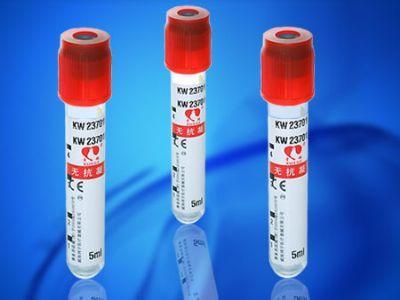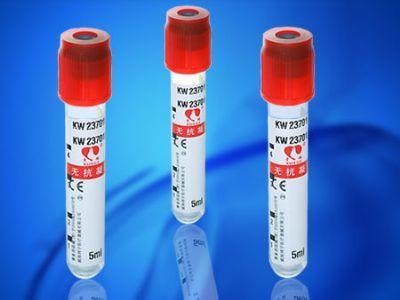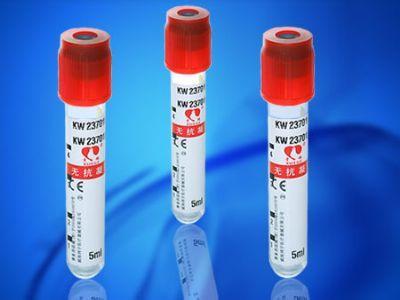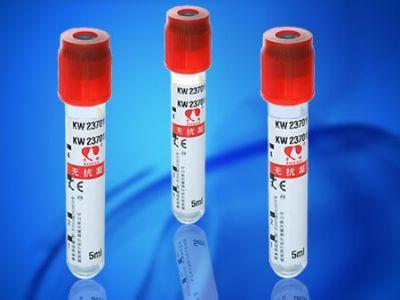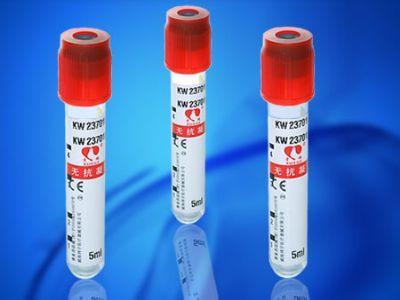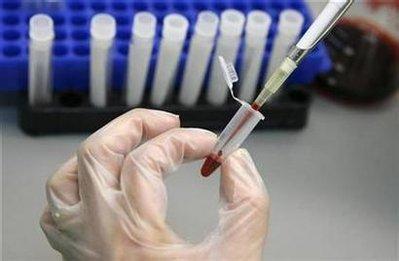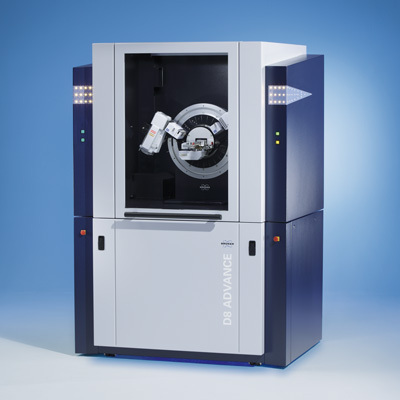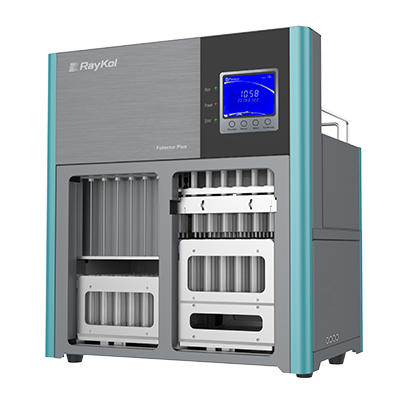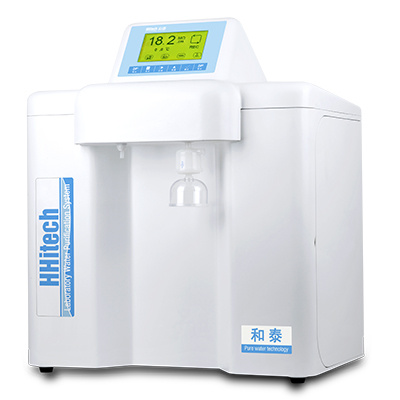英文名称 Anti-SHP-2/PTPN11
中文名称 蛋白酪氨酸磷酸酶2抗体
蛋白酪氨酸磷酸酶2抗体别 名 PTPN11; PTN11_HUMAN; BPTP 3; BPTP3; CFC; MGC14433; SHP 2; Noonan syndrome 1; Noonan syndrome 1 protein tyrosine phosphatase 2C; NS 1; NS1; Protein tyrosine phosphatase 2C; Protein Tyrosine Phosphatase Non receptor Type 11; PTP 1D; PTP 2C; PTP1D; PTP2C; PTPN 11; SAP2; SH PTP2; SH PTP3; SH2 domain containing protein tyrosine phosphatase 2; SHIP2; SHP 2; SHP-2; SHPTP 2; SHPTP2; SHPTP3; SIT protein precursor; Syp; Tyrosine protein phosphatase non receptor type 11; Src homology 2 (SH2) domain containing phosphotyrosinephosphatase 2.
浓 度 1mg/1ml
规 格 0.1ml/100μg 0.2ml/200μg
抗体来源 Rabbit
克隆类型 polyclonal
交叉反应 Human, Mouse, Rat, Chicken, Pig, Cow, Rabbit
产品类型 一抗
研究领域 肿瘤 细胞生物 信号转导 细胞凋亡 转录调节因子 激酶和磷酸酶 细胞分化
蛋白分子量 predicted molecular weight: 68kDa
性 状 Lyophilized or Liquid
免 疫 原 KLH conjugated synthetic peptide derived from human PTPN11 C-terminus
亚 型 IgG
纯化方法 affinity purified by Protein A
储 存 液 0.01M PBS, pH 7.4 with 10 mg/ml BSA and 0.1% Sodium azide
蛋白酪氨酸磷酸酶2抗体产品应用 WB=1:100-500 ELISA=1:500-1000 IHC-P=1:100-500 IHC-F=1:100-500 IF=1:100-500
(石蜡切片需做抗原修复)
not yet tested in other applications.
optimal dilutions/concentrations should be determined by the end user.
保存条件 Store at -20 °C for one year. Avoid repeated freeze/thaw cycles. The lyophilized antibody is stable at room temperature for at least one month and for greater than a year when kept at -20°C. When reconstituted in sterile pH 7.4 0.01M PBS or diluent of antibody the antibody is stable for at least two weeks at 2-4 °C.
Important Note This product as supplied is intended for research use only, not for use in human, therapeutic or diagnostic applications.
产品介绍 The steady state of protein tyrosyl phosphorylation in cells is regulated by the opposing action of tyrosine kinases and protein tyrosine phosphatases (PTPs). Several groups have independently identified a non transmembrane PTP, designated SHPTP1 (also known as PTP1C, HCP and SHP), which is primarily expressed in hematopoietic cells and characterized by the presence of two SH2 domains N terminal to the PTP domain. A second and much more widely expressed PTP with SH2 domains, SHPTP2 (also designated PTP1D and Syp), has been identified. SHP2 is a protein tyrosine phosphatase that is widely expressed and plays a regulatory role in various cell signaling events that are important for many cell functions, such as mitogenic activation, metabolic control, transcription regulation, and cell migration.
Function : Acts downstream of various receptor and cytoplasmic protein tyrosine kinases to participate in the signal transduction from the cell surface to the nucleus. Dephosphorylates ROCK2 at Tyr-722 resulting in stimulatation of its RhoA binding activity.
Subunit : Interacts with phosphorylated LIME1 and BCAR3. Interacts with SHB and INPP5D/SHIP1 (By similarity). Interacts with MILR1 (tyrosine-phosphorylated). Interacts with FLT1 (tyrosine-phosphorylated), FLT3 (tyrosine-phosphorylated), FLT4 (tyrosine-phosphorylated), KIT and GRB2. Interacts with PDGFRA (tyrosine phosphorylated). Interacts (via SH2 domain) with TEK/TIE2 (tyrosine phosphorylated) (By similarity). Interacts with PTPNS1 and CD84. Interacts with phosphorylated SIT1 and MPZL1. Interacts with FCRL3, FCRL4, FCRL6 and ANKHD1. Interacts with KIR2DL1; the interaction is enhanced by ARRB2. Interacts with GAB2. Interacts with TERT; the interaction retains TERT in the nucleus. Interacts with PECAM1 and FER. Interacts with EPHA2 (activated); participates in PTK2/FAK1 dephosphorylation in EPHA2 downstream signaling. Interacts with ROS1; mediates PTPN11 phosphorylation. Interacts with PDGFRB (tyrosine phosphorylated); this interaction increases the PTPN11 phosphatase activity.
Subcellular Location : Cytoplasm.
Tissue Specificity : Widely expressed, with highest levels in heart, brain, and skeletal muscle.
Post-translational modifications : Phosphorylated on Tyr-546 and Tyr-584 upon receptor protein tyrosine kinase activation; which creates a binding site for GRB2 and other SH2-containing proteins. Phosphorylated upon activation of the receptor-type kinase FLT3. Phosphorylated upon activation of the receptor-type kinase PDGFRA (By similarity). Phosphorylated by activated PDGFRB.
DISEASE : Defects in PTPN11 are the cause of LEOPARD syndrome type 1 (LEOPARD1) [MIM:151100]. It is an autosomal dominant disorder allelic with Noonan syndrome. The acronym LEOPARD stands for lentigines, electrocardiographic conduction abnormalities, ocular hypertelorism, pulmonic stenosis, abnormalities of genitalia, retardation of growth, and deafness.
Defects in PTPN11 are the cause of Noonan syndrome type 1 (NS1) [MIM:163950]. Noonan syndrome (NS) is a disorder characterized by dysmorphic facial features, short stature, hypertelorism, cardiac anomalies, deafness, motor delay, and a bleeding diathesis. Some patients with Noonan syndrome type 1 develop multiple giant cell lesions of the jaw or other bony or soft tissues, which are classified as pigmented villomoduolar synovitis (PVNS) when occurring in the jaw or joints. Note=Mutations in PTPN11 account for more than 50% of the cases. Rarely, NS is associated with juvenile myelomonocytic leukemia (JMML). NS1 inheritance is autosomal dominant.
Defects in PTPN11 are a cause of juvenile myelomonocytic leukemia (JMML) [MIM:607785]. JMML is a pediatric myelodysplastic syndrome that constitutes i s with tissue infiltration and in vitro hypersensitivity of myeloid progenitors to granulocyte-macrophage colony stimulating factor.
Defects in PTPN11 are aapproximately 30% of childhood cases of myelodysplastic syndrome (MDS) and 2% of leukemia. It is characterized by leukocytos cause of metachondromatosis (MC) [MIM:156250]. It is a skeletal disorder with radiologic fetarures of both multiple exostoses and Ollier disease, characterized by the presence of multiple enchondromas and osteochondroma-like lesions.
Similarity : Belongs to the protein-tyrosine phosphatase family. Non-receptor class 2 subfamily.
Contains 2 SH2 domains.
Contains 1 tyrosine-protein phosphatase domain.
Database links : UniProtKB/Swiss-Prot: Q06124.2
激酶和磷酸酶(Kinases and Phosphatases)
SHP2(SH-PTP2)参与多种细胞内信号传导 如MAP kinase、 PI3k等途径,SHP2也是许多其他原基因信号通路的重要组成部分,在细胞的增殖及分化等过程扮演重要的角色.
![]()



